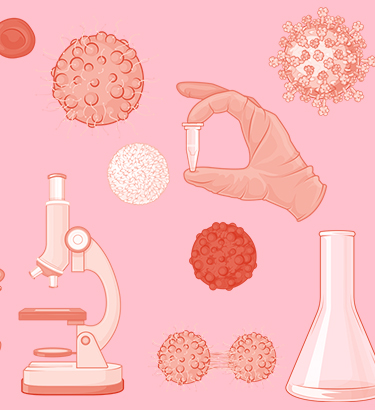One in 8 American women will develop breast cancer, making it the most common form of cancer in females, other than skin cancer. This sounds pretty scary, but remember that 7 in 8 women will not get breast cancer. An estimated 2,650 new cases of invasive breast cancer were also diagnosed in American men in 2021.
Traditionally, oncologists have diagnosed breast cancer using mammograms, ultrasound and molecular bioimaging. However, these techniques tend to detect breast cancer when it is in the later stages. Biomarkers have transformed diagnosis and treatment, and play a pivotal role in the management of breast cancer.
"Biomarker testing has allowed us to move well beyond a 'one size fits all' approach for treating men and women with breast cancer," said Deanna J. Attai, M.D., an associate clinical professor of surgery at the David Geffen School of Medicine at the University of California Los Angeles.











